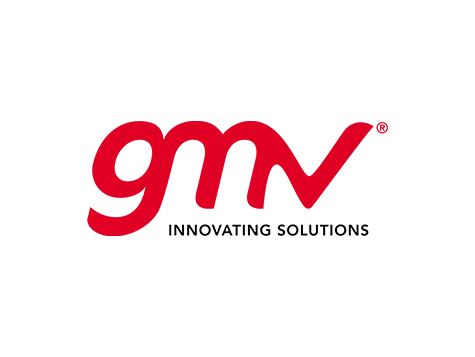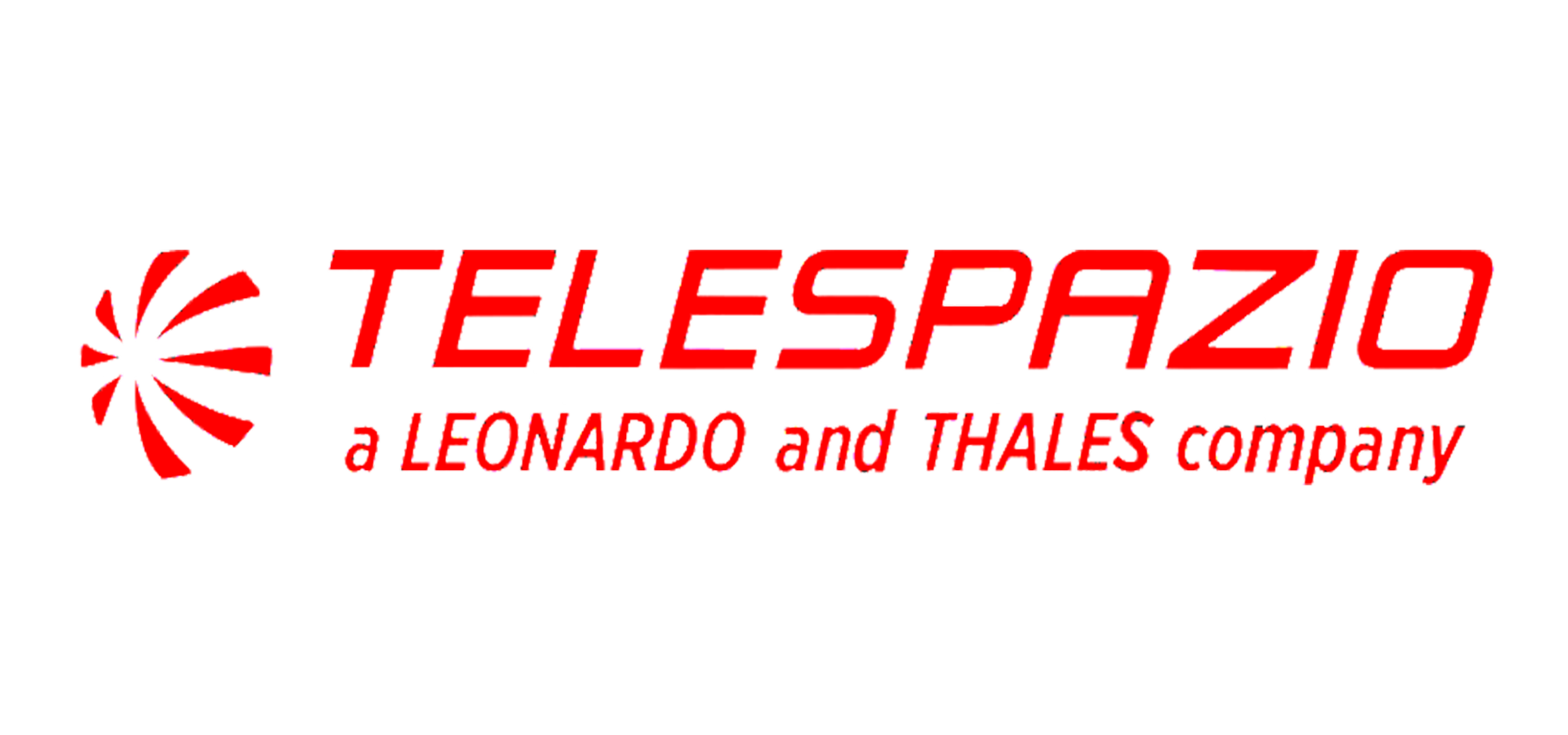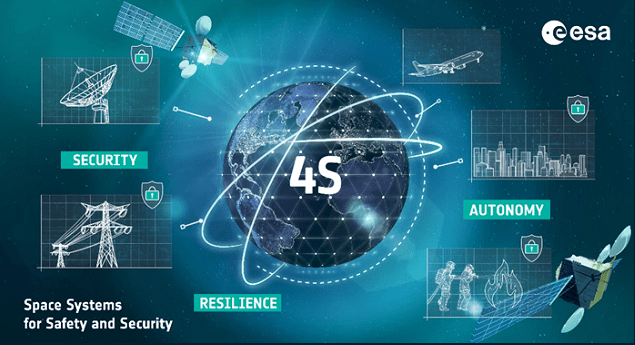
-
StatusOngoing
-
Status date2024-11-11
-
Activity Code3A.149/4S.
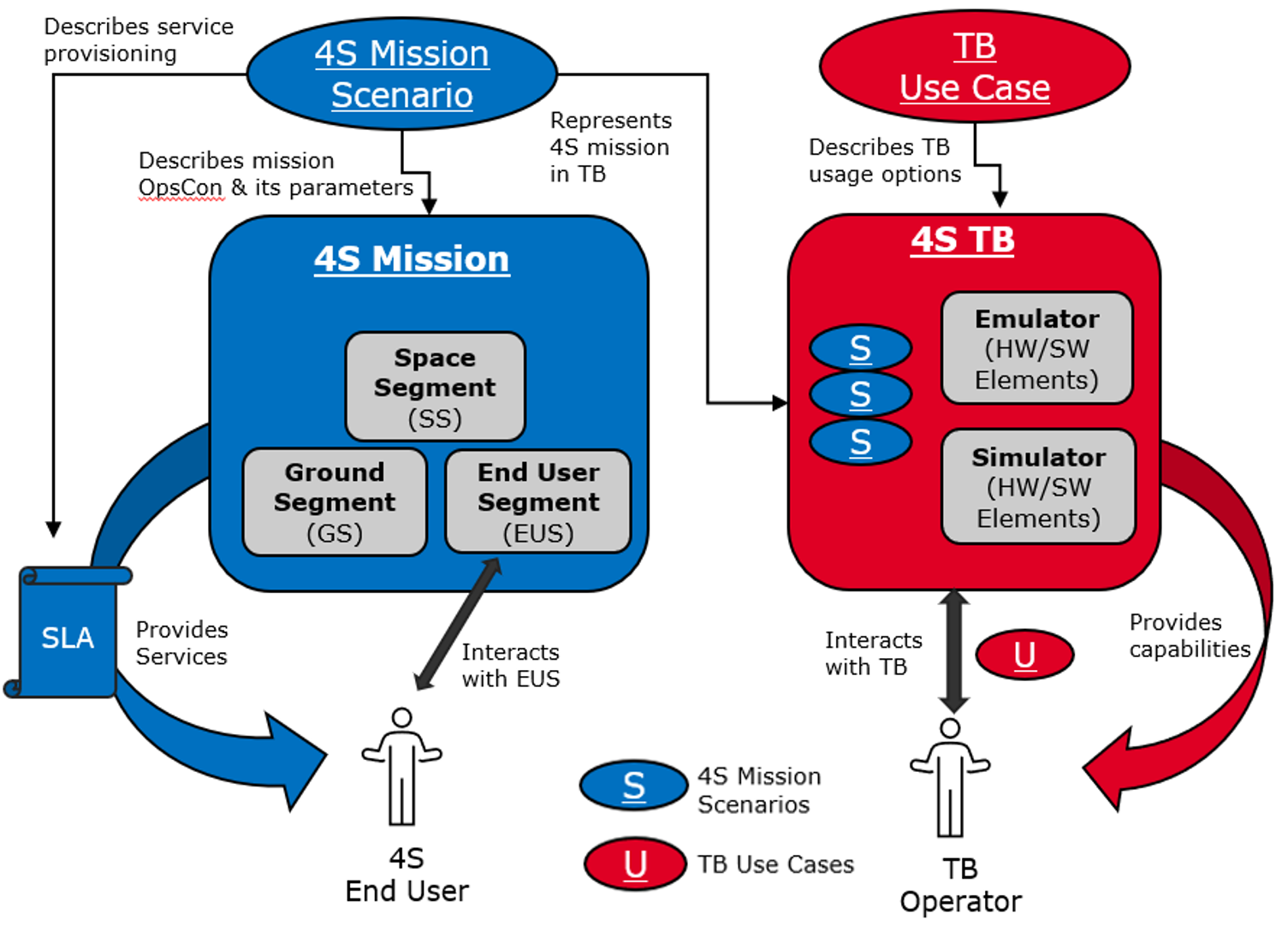
The 4SSTB project developed core elements of a 4S System & Services Test Bed (4SSTB) to support complex telecommunication system design verification and validation. Throughout the 18-month effort, both non-real time (NRT) and real-time (RT) simulation capabilities were developed to meet a wide array of use cases in the GovSatCom, Mass Market, and Space Data Relay mission areas. Now fully operational, the 4SSTB is a key tool which can be used to validate critical infrastructure emerging under the European Union’s IRIS2 initiative and provide insights for its future development and verification and validation.
To target next generation SATCOM missions, scalability and functionality were key objectives in capturing the emerging complexity of tomorrow’s telecommunication systems. In addition to robust network simulation capabilities, the testbed can process real-time applications and services over IP networking, to provide users essential network and application performance feedback. From traffic routing simulation to network KPI generation and channel emulation, the 4SSTB is a versatile tool for network validation and applications testing in emulated realistic conditions.
The challenges met by the consortium primarily centred around the potential complexity of the simulated networks. With an open number of possibilities, such as diverse network topologies, varying service requirements, and dynamic network conditions, it is easy to consume a lot of computational resources. To address this, the testbed was designed to be easily scalable. Detailed trade-offs, performance optimizations and modular solutions were considered through this First Phase of the project, with these future needs in mind.
The 4SSTB provides a multitude of benefits and attractive features:
-
4SSTB leverages open standard tools, COTs equipment, and industry standards
-
The design is scalable, both in HW (servers can easily be added to the system) and SW (the testbed uses Kubernetes to manage and balance containerized applications across machine clusters)
-
Channel Emulation: custom AWGN, Rice Fading, and Attenuation implementations are used for Software Defined Radios (SDRs)
-
5G RAN Availability: open-source SRSRAN is integrated into the satellite network emulator, emulating UE – gNB radio interface.
-
DVB: GNU Radio based DVB-S2 transmitter and receivers available, with support for FPGA acceleration. Enhanced performance of existing FEC and coding modules.
-
Data Plane: A custom forwarding plane for distributed network applications is available. The distributed data plane is robust and scalable for emulation of nodes.
-
Non-Real Time (NRT) Simulator: Implemented high-performance routing and topology generation modules in an event driven network simulator.
-
Automated testbed validation across scenarios.
The 4SSTB product benefits are a result of well thought out design features, some of which are listed below:
-
The NRT simulator leverages existing ns-3 foundations for ease of use and expansion.
-
Simulation results can be visualized both with an orbital simulator and a KPI output generator.
-
The 4SSTB provides a wide array of interfaces to meet customer needs: 1 GbE, 10 GbE, RF Tx/Rx, Timing, 5G, and DVB
-
Space Segment Configurability: LEO, MEO, GEO, and Multi-Layered Satellite System constellations, ISL capable.
-
Operators can configure complex scenarios with geographical masking, population density control, mobility management, QoS definition, routing customizability, and more.
-
The 4SSTB comes with two powerful software-defined radios (USRP X410s) connected to a high data rate Ethernet switch for emulation acceleration.
-
System services are customizable (for use cases such as adding new routing protocols) and can be defined as either system or node services.
The 4SSTB architecture largely focuses on its two simulators (RT and NRT). A wide variety of use cases are covered between the Real Time (RT) and Non-Real-Time (NRT) simulators.
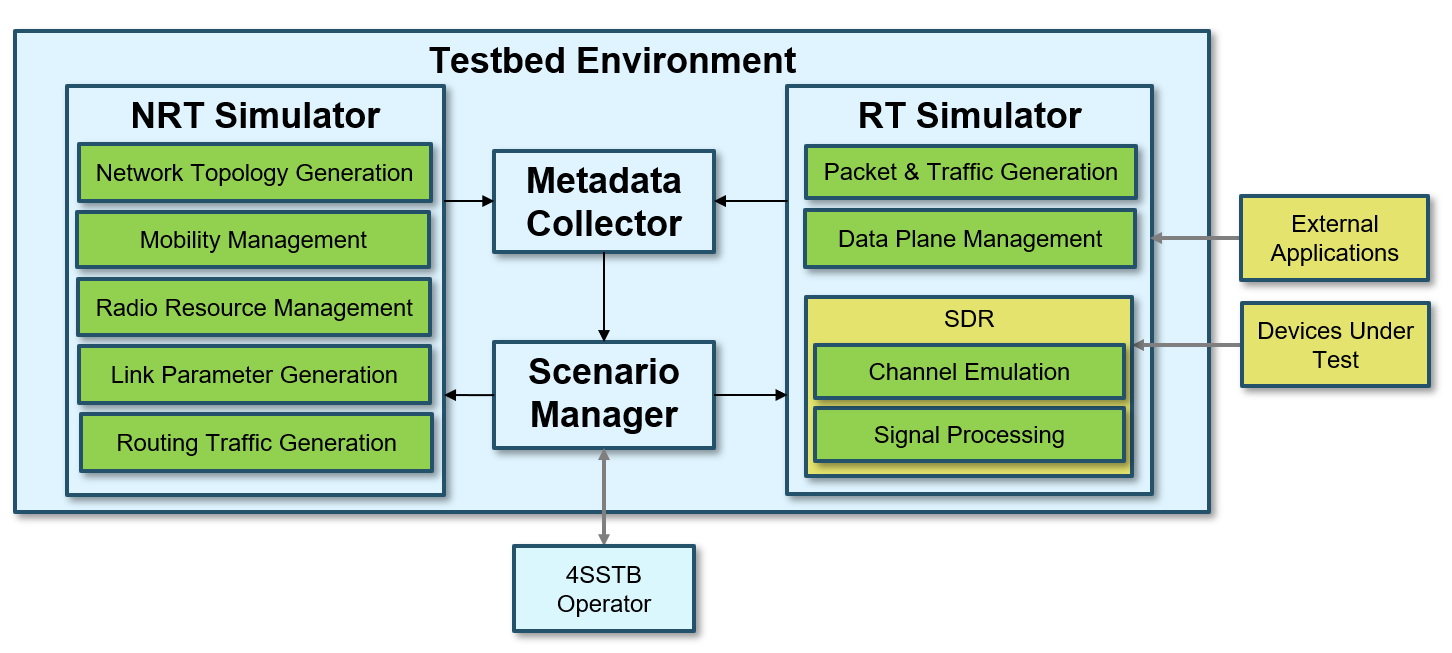
First Phase of the 4SSTB project began in Q1 of 2023 and ended in Q3 of 2024. In that time, the consortium successfully conducted six different reviews, culminating in a Final Presentation in the ARTES Presentation Days Conference 2024.
With the conclusion of the First Phase, the Second Phase is set to start at the beginning of 2025.
Current efforts involve scope refinement for Second Phase tasks.



